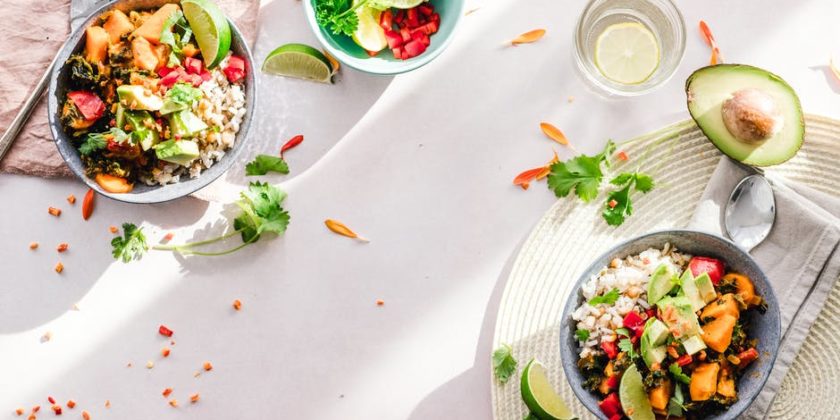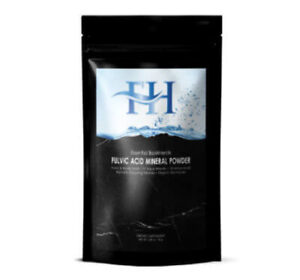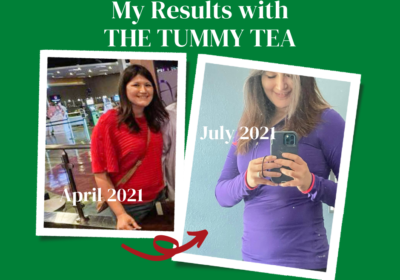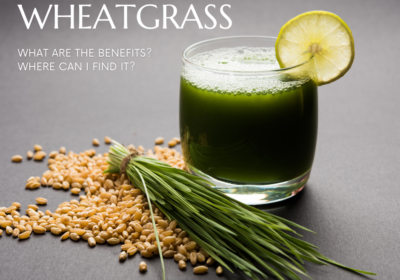Are you a keto diet beginner and have no clue where to start. This article provides a keto food list to guide you on what to munch and what to refrain from your diet. You can use it to create a diet plan and safely start your keto journey
The keto diet has grown more popular over the past few years. This diet calls for eating fewer carbs and more fats. The reduction in carbs causes your body to utilize fats for energy. This process benefits your body in numerous ways. It results in weight loss, improves brain and heart function, and lowers blood sugars, among others.
Making a keto food list can be rather tricky. Various pre-packaged foods are restricted as well as some whole foods as they are thought to have extra carbs than what is required for your keto diet. Here is a keto food list to show you what you can eat or avoid.
1. Proteins
Proteins are a dieter’s top-secret weapon. There is a wide variety of proteins to pick from for a keto food list. You can decide on fatty cuts of organic meat such as beef, mutton, bison, pork, and chicken. You can also opt for ecological seafood such as sardines, halibut, salmon, anchovies, shrimp, lobster, cod, and tuna. Also, add eggs to your protein list.
Proteins that should not be on your food list are cured meats and ham since they contain additional sugar, which adds to your carbohydrate count.
2. Fats – Keto List
What is the Keto diet? The ketogenic diet necessitates an individual to consume more fatty foods. Therefore, they should make up approximately 60% of your everyday calories. Healthy fats to include in your food list are oils such as olive, safflower, coconut, walnut oil.
Seeds and nuts are tremendous fat sources and are necessary to add to your food list. They can be used in salads, smoothies or keto snacks. There are many keto recipes out there showing you how to include nuts and seeds into your meals.
Healthy nuts for your food list include hazelnuts, macadamia, and walnuts. Seeds such as pumpkin seeds, hemp, chia, sesame, and flaxseeds are also essential for your food list.
Avoid clear of flavored nuts since they may contain extra carbs. You can include cashew nuts, almonds, and pine nuts to your list but eat them reasonably since they may have more carbohydrates. Avoid using trans fats such as butter on food since they are linked to cardiovascular diseases. These foods should be completely off your list.
3. Veggies and Fruits
Veggies should be on everyone’s keto food list. The best kind is highly nutritious and low in carbs. Your veggie list should include leafy vegetables such as kales and spinach. Cucumbers, cauliflower, celery, asparagus, green beans are also great alternatives to add to your food list.
Fruits offer many nutritional benefits. They contain vitamins necessary for body functioning. Fruits to include in your list are berries, olives, lemon, kiwi, rhubarb, honeydew, tomatoes, and avocados. You can also use the best keto supplements in the market for more nutrients.
Avoid vegetables such as leeks, beets, pumpkin, and butternut since they will knock you off your keto weight loss journey. Dried fruits, watermelons, peaches, apples, cranberry, papaya, mangoes, and cherries must never be included in your keto food list.
4. Keto-friendly Carbs
Too many carbs will cause your body to revert to using carbs as a fuel source. This begs the question of how many carbs on keto should you allow. It is advisable to decrease your intake to 15-30g carbs per day.
Your food list should contain nutrient-dense and non-starchy foods. Dark chocolate and cocoa powder are great low-carb keto snacks.
Strike off starchy foods such as wheat, rice, barley, and oats from your list since they are not ideal for your diet.
5. Beverages for Your Keto Food List
How does keto work? Keto diet shifts your metabolism to use ketones and fat as energy sources. Since these molecules are highly osmotic, they result in diuresis, which leads to dehydration. Therefore, hydration liquids should be a part of your food list.
You can use water, herbal tea, almond milk, and bone soup to hydrate. You can also enjoy a glass of rum, gin, vodka, whiskey, or tequila since they contain no carbs.
Beverages to keep off your keto food list are sodas and other sugary drinks.
6. Herbs, Spices, and Sauces
Spicing up meals with herbs, spices, and sauces is crucial for every keto dieter. Although spices have some carbohydrates in them, the carbs are minimal therefore; they can still be used on a regular basis. Spices for your list include cayenne, chili, parsley, cinnamon, cumin, basil, cilantro, thyme, and oregano.
Sauces may have extra sugars that are not friendly to your keto journey. If possible, strike them off your food list and make your own from scratch.
Conclusion
The whole point of a keto diet is to attain ketosis. To get there, you have to restrict carbs and eat lots of fats. It is a restricting diet, but with the keto food list above, you will hack it.
Did you enjoy the article? Do you have more foods to add to the list? If so, share in the comments section.
Author’s Bio: Chele Hudson is a renowned writer and a nutritionist for many years. A strict follower of the keto diet, she has taken it upon herself to spread her knowledge for this by informing people on some of her tips through her blogs and websites. During her free time, Chele likes to take long rides on her custom bobber.




